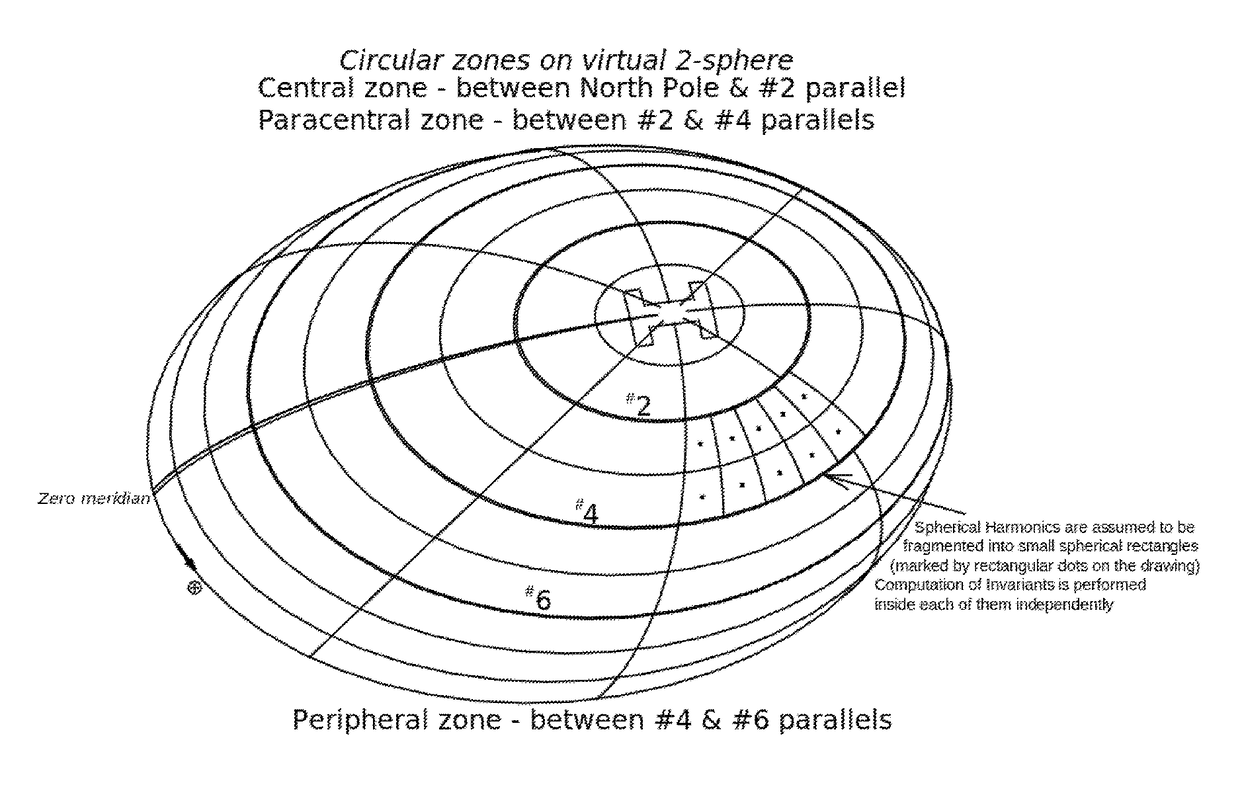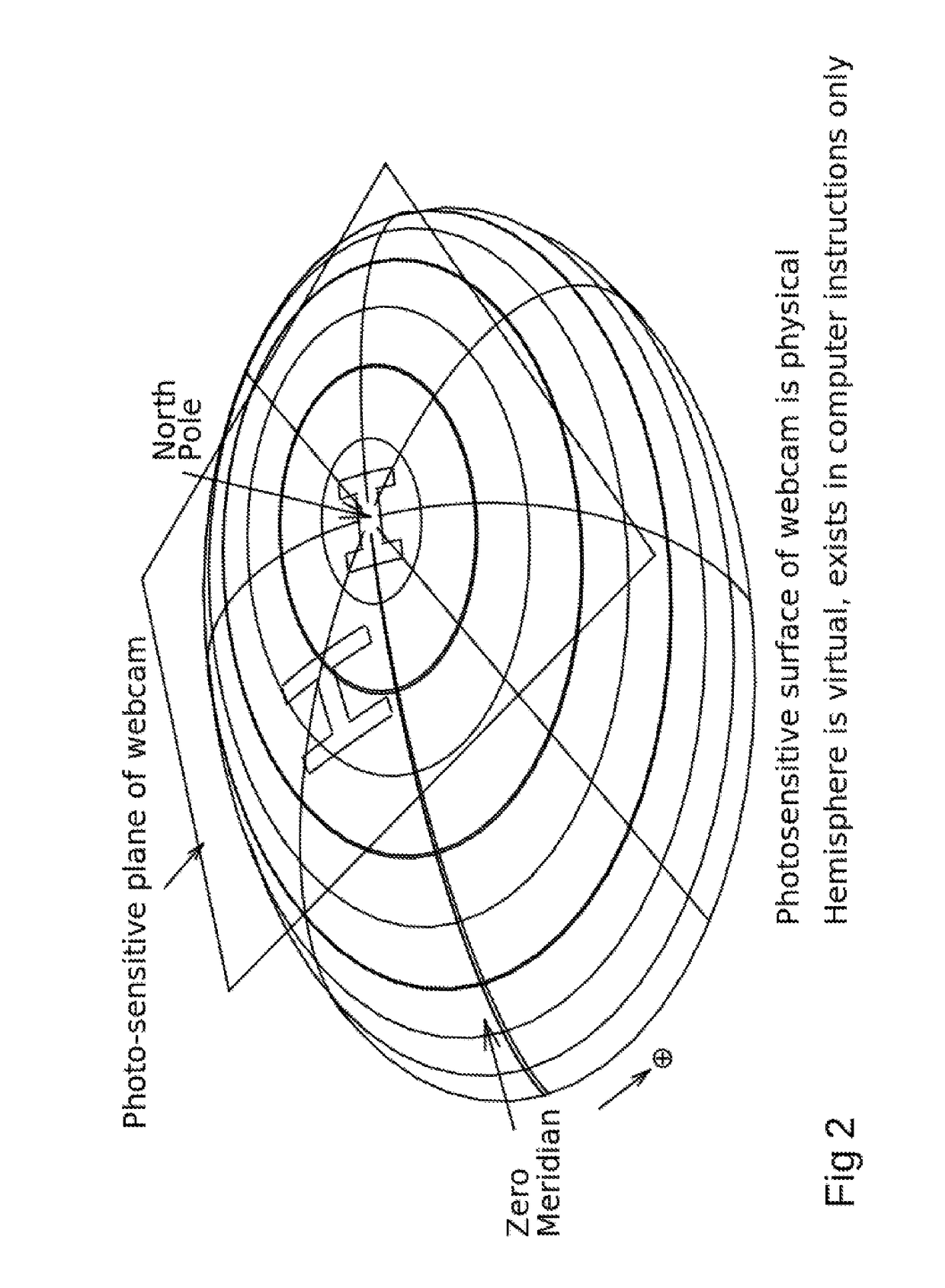Construction and evolution of invariants to rotational and translational transformations for electronic visual image recognition
a technology of electronic visual image recognition and evolution, applied in the direction of geometric image transformation, instruments, computing, etc., can solve the problem that typical visual recognition systems may not be well equipped to perform as needed
- Summary
- Abstract
- Description
- Claims
- Application Information
AI Technical Summary
Benefits of technology
Problems solved by technology
Method used
Image
Examples
Embodiment Construction
[0020]Embodiments of the present invention generally concern the construction and evolution of invariants to rotational and translational transformations for electronic visual image recognition. More particularly, at least some embodiments of the invention relate to systems, hardware, computer-readable media, and methods directed to the implementation and use of electronic visual recognition, and the use of such electronic visual recognition in various systems, devices, and applications. Such visual recognition functionality may include recognition of one or more physical elements of static and / or dynamic operating environments, as well as creating a comprehensive description of the whole visual scenes with highlighting especially important and / or dangerous security configurations, and can be employed in a wide variety of applications, one example of which is fully-autonomous, or semi-autonomous, control of land-based vehicles or amphibious land / sea vehicles, robots in fire or explo...
PUM
 Login to View More
Login to View More Abstract
Description
Claims
Application Information
 Login to View More
Login to View More - R&D
- Intellectual Property
- Life Sciences
- Materials
- Tech Scout
- Unparalleled Data Quality
- Higher Quality Content
- 60% Fewer Hallucinations
Browse by: Latest US Patents, China's latest patents, Technical Efficacy Thesaurus, Application Domain, Technology Topic, Popular Technical Reports.
© 2025 PatSnap. All rights reserved.Legal|Privacy policy|Modern Slavery Act Transparency Statement|Sitemap|About US| Contact US: help@patsnap.com



